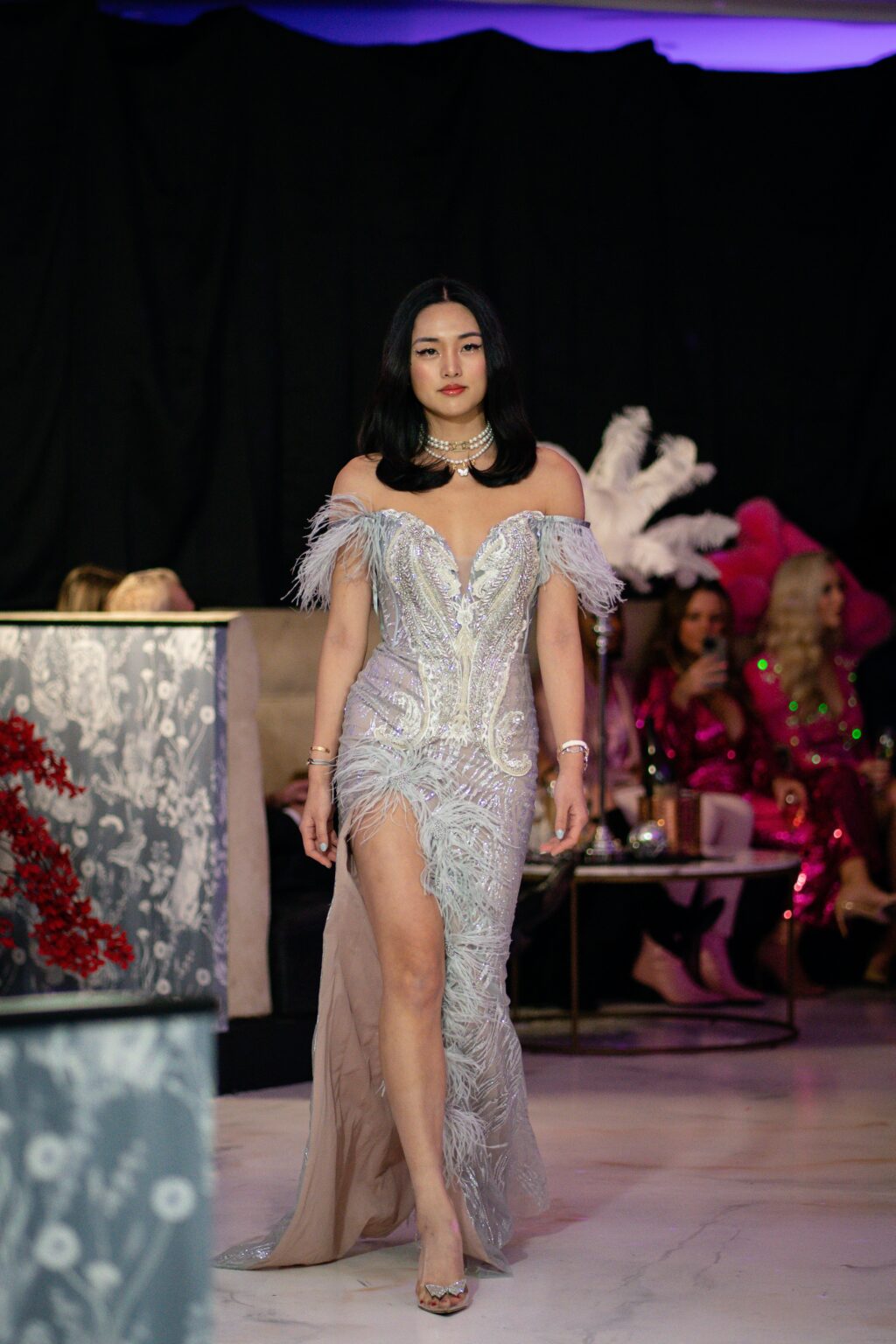
The Timeless Allure of Fashion: A Journey Through Style and Self-Expression
Introduction
Fashion is an ever-evolving form of self-expression and creativity that transcends time and culture. From ancient civilizations to modern runways, clothing has been used to convey identity, status, and individuality. This article embarks on a journey through the world of fashion, exploring its history, cultural significance, and its enduring power to inspire and transform.
The Evolution of Fashion
Fashion is an art that has evolved over millennia, adapting to the changing needs and tastes of society. The history of fashion is a rich tapestry woven with threads of innovation, rebellion, and cultural exchange.
- Ancient Beginnings: The origins of fashion can be traced back to ancient civilizations like Egypt and Mesopotamia, where garments served both functional and symbolic purposes. Elaborate jewelry, headdresses, and robes were worn to denote status and religious significance.
- Medieval Splendor: The Middle Ages witnessed the emergence of intricate and opulent clothing, often crafted with luxurious fabrics and adorned with elaborate embroidery. Clothing became a means of social distinction.
- Renaissance Elegance: The Renaissance period saw a return to classical aesthetics, with clothing inspired by ancient Greece and Rome. Elaborate, corseted dresses for women and doublets for men became iconic styles.
- The Industrial Revolution: The 18th and 19th centuries brought about significant changes in fashion with the Industrial Revolution. Mass production made clothing more accessible, and fashion trends began to shift more rapidly.
- 20th Century Revolution: The 20th century witnessed revolutionary shifts in fashion. From the flapper dresses of the 1920s to the rebellious styles of the 1960s, clothing became a medium for challenging societal norms.
- Contemporary Diversity: Today, fashion is a reflection of the diverse, globalized world we live in. It encompasses a wide range of styles, from minimalist and sustainable fashion to avant-garde and streetwear.
The Cultural Significance of Fashion
Fashion extends beyond mere clothing; it is a cultural phenomenon that reflects societal values, aspirations, and even political and social movements. Here are a few ways fashion shapes and is shaped by culture:
- Identity and Self-Expression: Fashion allows individuals to express their unique identities, whether it’s through personal style, subcultural affiliations, or gender expression.
- Status and Class: Throughout history, clothing has often been used to signify social status and wealth. Designer brands and luxury fashion continue to play this role today.
- Cultural Exchange: Fashion is a vehicle for cultural exchange and appreciation. Designers often draw inspiration from different cultures, fostering a sense of interconnectedness.
- Sustainability and Ethics: In recent years, fashion has embraced sustainability and ethical practices, reflecting a growing awareness of environmental and social issues.
Fashion as Art and Industry
Fashion is a multifaceted industry that encompasses design, production, marketing, and retail. It is an art form that extends to fashion photography, runway shows, and collaborations with artists. The fashion industry is a global economic powerhouse that generates billions of dollars in revenue, providing livelihoods for countless people worldwide.
The Future of Fashion
As fashion continues to evolve, it faces challenges and opportunities. Sustainability and ethical practices are gaining importance, as consumers demand transparency in the supply chain. Digital technology is changing the way fashion is produced, marketed, and experienced, with virtual fashion shows and e-commerce on the rise.
Conclusion
Fashion is more than clothing; it is a dynamic force that shapes and reflects our world’s cultural, social, and artistic landscape. It has a timeless allure that transcends generations, inviting us to explore our identities and express our creativity. As we look toward the future, fashion remains a powerful tool for self-expression, innovation, and a reflection of the ever-changing tapestry of our lives.



